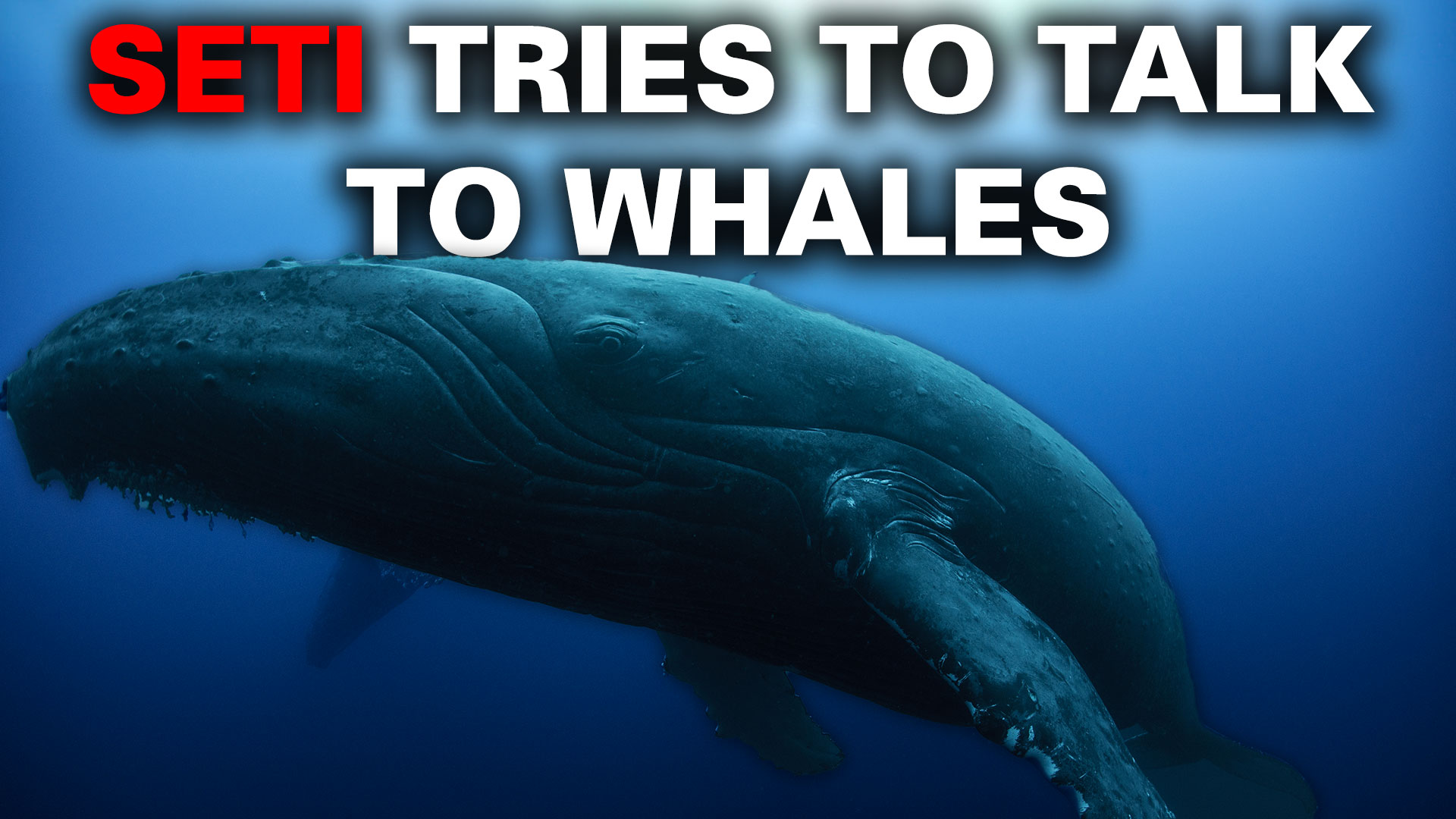Communicating between species isn’t something that only has to take place between space-faring civilizations. There are plenty of species here on our home planet that communicate using a variety of sights, sounds, and smells. We’re only starting to unlock the secrets of how to understand and respond to these types of foreign languages. Researchers at the SETI Institute think that doing so might be a good test for whether we’ll be able to communicate with extraterrestrials if we ever get the chance to.
Luckily, there are plenty of opportunities to practice. One of the most fascinating creatures with clearly discernible communication is the humpback whale. They’re a favorite of both sight-seers and scientists alike due to their relative affinity for humans as well as their songs that can travel up to 10,000 miles through the ocean depths.
Studying them has been a focal point of the Whale-SETI team from the Search for Extraterrestrial Intelligence (SETI) Institute, UC Davis, and the Alaska Whale Foundation. Recently, they published a paper detailing an encounter with one particular whale, known as “Twain.”
Credit – SETI Institute YouTube Channel
In a flurry of exchanged messages, the scientists sent a “contact” call that drew Twain’s attention and had him circling their boat for around 20 minutes. He responded to every burst of sound from the scientists and matched the intervals of delay between sounds in what they called in a press release a “conversational style.”
While the scientists understood they were saying some equivalent of “hello” to Twain when he arrived, that’s about as far as their understanding went. Luckily, there’s a theory for that – in this case, a mathematical one called “information theory.
The discipline was initially developed in the 1940s by electrical engineer Claude Shannon. In information theory, signals are analyzed for the amount of information they contain, and that information can be correlated across multiple signals. When combined with real-world events, language theorists think they might be able to tease out information contained within the signals and correlate them to those events. In essence, they could figure out what the whales are talking about.
Credit – SeaKeepers YouTube Channel
One whale circling a boat for 20 minutes and having what seemed like an enjoyable conversation is just a very brief step down that path. Like many technologies, building a translation engine would require lots of data, which might still be wrong. Unfortunately, whales aren’t likely to be able to correct us if we somehow translate their word for “fish” for that of “seal.”
That might not be the case for otherworldly intelligences, though. Humans would undoubtedly try to provide feedback in any dialog with an alien species to ensure they aren’t misunderstood. So it’s like they would want to correct us as well. But, until we find a dialog partner, plenty of species here on Earth might want to talk to us. We just don’t know how to yet.
Learn More:
SETI Institute – Whale-SETI: Groundbreaking Encounter with Humpback Whales Reveals Potential for Non-Human Intelligence Communication
B. McCowan et al. – Interactive Bioacoustic Playback as a Tool for Detecting and Exploring Nonhuman Intelligence: Conversing with an Alaskan Humpback Whale
UT – Communicating Across the Cosmos, Part 1: Shouting into the Darkness
UT – Astronomers Come up With a New Message to let the Aliens Know we’re Here
Lead Image:
Humpback Whale


I’m’a try to describe my interpretation of the conversation:
Noise from boat: “hello”.
Whale … thinks to itself “I should check that out”, swims over and says “hello”.
Boat: “hello”
Whale: “hello”
Boat: “hello”
Whale: “Uh, yeah, hi.”
Boat: “hello”
Whale: “I always thought boats didn’t talk, but this is hardly an improvement!”
Boat: “hello”
Whale: “I’ve been here 20 minutes and all you’ve said is ‘hello’. Bye.”
Boat: “hello”